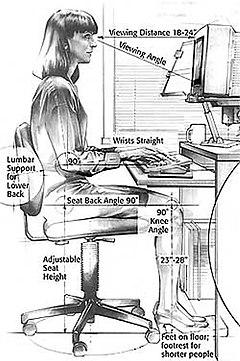Not only are quadbike manufacturers resisting the inevitable, they have gone on the attack with posters being distributed that criticise the installation of crush protection devices (CPD)s, safety devices increasingly being recommended by safety advocates, farm safety specialists and government departments in Australia.

The major rural newspaper reports a curious position that may indicate that criticism of the Federal Chamber of Automotive Industries (FCAI) may be misplaced.
“FCAI motorcycle manager Rhys Griffiths said it was the manufacturers’ decision to put the posters up, and “we had no part in printing it”.
The FCAI was “yet to go public with our message other than to have the industry position paper available”.” [links added]
There is no mention of this poster campaign on any of the manufacturers’ website mentioned above.
The FCAI may claim not to gone “public” on this poster campaign but the industry position paper is, at first glance, damning of the roll bar options available. However a close reading of the industry paper on rollover protection structures shows a large number of equivocations and conditional statements. There also seem to be blanket conclusions from some comparisons of dissimilar ROPS.
The debate continues and seems to be evolving into the public relations arena. This is very unfortunate as the evidence, the issue of the safety of riders of quadbikes in the workplace, can become clouded by spin. Up to this point the arguments have been about the research evidence. The poster is an unhelpful distraction.


